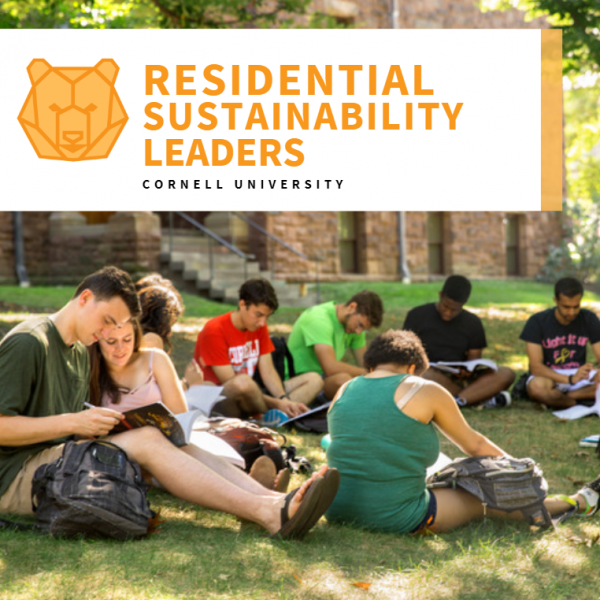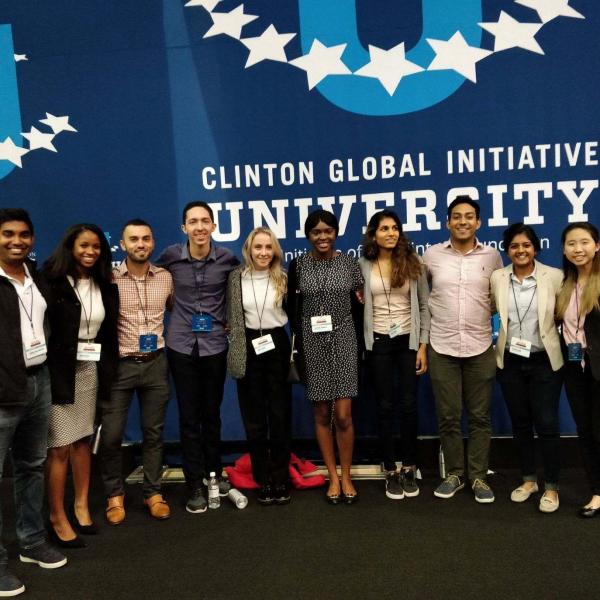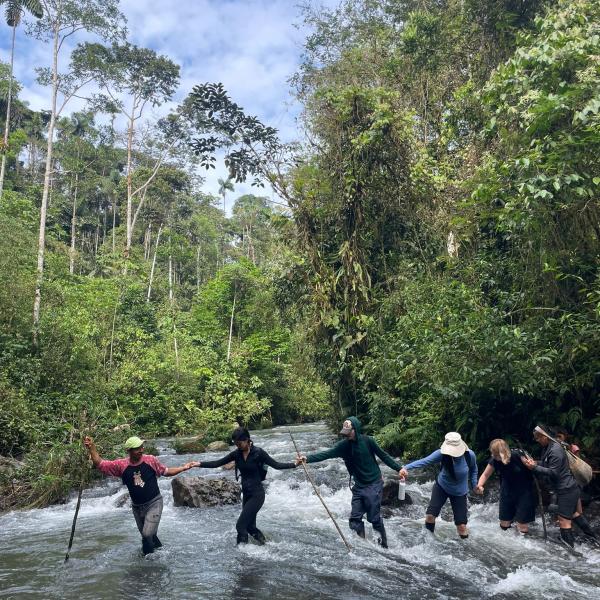Overview
This 7-week course explores the dynamic transformation of China’s agrarian landscape from historical roots to contemporary challenges and future possibilities. Beginning with an introduction to the historical role of agriculture and key concepts like sannong (agriculture, rural areas, and farmers), the rural-urban divide, and modernization, the course traces pivotal shifts—from collectivization and the Household Responsibility System to the rise of Township and Village Enterprises. Students will delve into the everyday lives of rural households, examining how evolving living environments (housing, kitchens, energy use, and more) intertwine with family dynamics, gender roles, and cultural practices. The course then investigates the impacts of urbanization, migration, and rural depopulation, followed by an analysis of agricultural modernization, including technological advances, cropping systems, and environmental trade-offs. Attention turns to the resilience of traditional knowledge and the emergence of alternative food networks, such as organic farming and community-supported agriculture, before addressing 21st-century rural policy and governance through the lens of the Rural Revitalization Strategy, land reforms, and grassroots initiatives. The course concludes by situating China’s agrarian change in a global context, exploring climate challenges, digital agriculture, and sustainable transitions, with a nod to the role of (agricultural) universities.
Through lectures, readings, discussion, and creative assignments—ranging from vlogs and policy pitches to documentary simulations—students will critically analyze the interplay of history, policy, technology, and culture in shaping rural China. Designed for undergraduates and graduates, this course offers a multidimensional perspective on agrarian change, bridging local realities with global implications. It will also link with the 2-week faculty-led study trip in January 2026.






